As home cooks, we rely on our instincts, our knowledge, and our curiosities—but we also have to rely on our tools. Some we couldn't cook without (knives, pots, pans). Others we don't necessarily need, but sure are glad we have around. Here, we talk about those trusty, albeit inessential, tools.
Today: Peter Miller, author of Lunch at the Shop and owner of Seattle’s Peter Miller Books, prescribes the ten essential tools for every office kitchen.
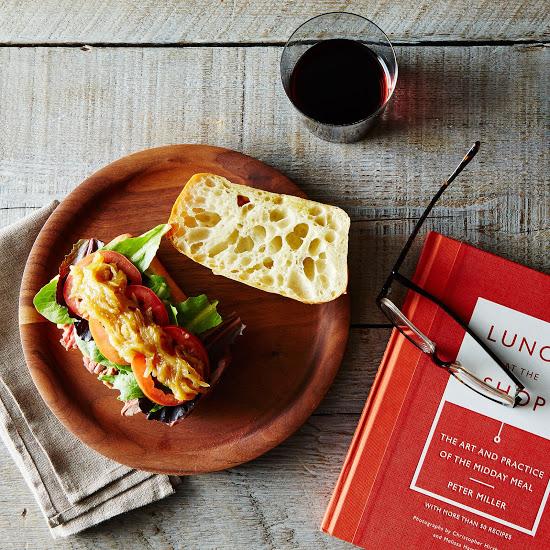
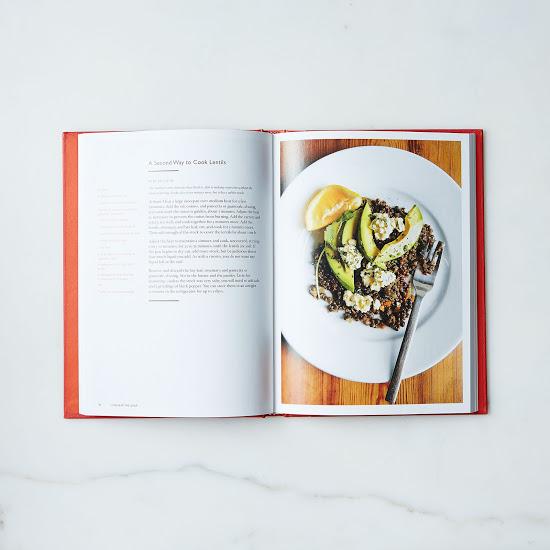
There was once a great sternness and rigidity that wound and even flourished through New England. It was typically quite Protestant, quite exclusive, and quite specific. It would show up in business, in sport, in sailing, in gardening, in education, in language—in everything, of course, as a very specific strain. A strain, in fact, of specificity—how things were best done, how things must be done.
This very nature suffered deep wounds at the loose hands of the '60s, at the mean hands of the '70s, at the greedy hands of the '80s, and so forth. But it was still very alive in 1962, when I was hired as a camp assistant for a mountaineering school in the White Mountains of New Hampshire. That was my first collision with full-intentioned specificity. The school taught very young boys and girls how to hike well into the mountains, among other lessons. The chief guide, William Barrett, set a pace of specificity and correctness that I remember perfectly.

There was a correct way to load a pack, to store sugar, to protect matches, to fold socks, to wear socks, to tie boots, to stuff sleeping bags, to stack the varying weights, to walk at grade and to walk at pitch, to build a fire, to stoke a fire, and to end that fire. You needed, at all times, cotton gloves, a wool hat, a rain parka, extra socks and undershirts, a wool sweater, a moleskin, a swallow of water, a cotton scarf, leather boots that were waterproofed with a specific waterproofing, long pants with loose pockets, and short pants with loose pockets.
Bill was not a stickler, nor a moralist, nor a disciplinarian—he simply made it clear that there was a one-way list and that it was honed from an extensive wrong-way list. There were days of hiking when he literally never said a word. I am sure this specificity was replicated many times that summer in music classes and sailing schools and drama departments—I am always reminded of it now when I catch even a glimpse of ballet, one of the more enchanting and enduring modes of true specifics.
There is an obvious elitism to rigidity and specifics. But there is also an enviable accuracy and a vitality when tasks and details are defined and done correctly. In many ways, phonetics is the natural opposite of rigidity and the more democratic of the instincts. For my part, and for hopes of order, I would rather pick through elitism than wade through phonetics.
It is a long route from cabins and packboards in New Hampshire, and longer still from 1962, but to cook these days is a task of very subtle complications. If nothing else, you must maintain a composure—a dignity, even a posture—that can carry you, still willing, from the food shop or underground uber market to the kitchen. You must come to terms with all that you read, and can read, regarding food and cooking, for it can swirl you out of trusting where to begin. It is why I love the essentials. They do not swirl. Here are mine: my best-honed list for a lunch at the shop, or simply a lunch at lunchtime, or a cook, anytime.
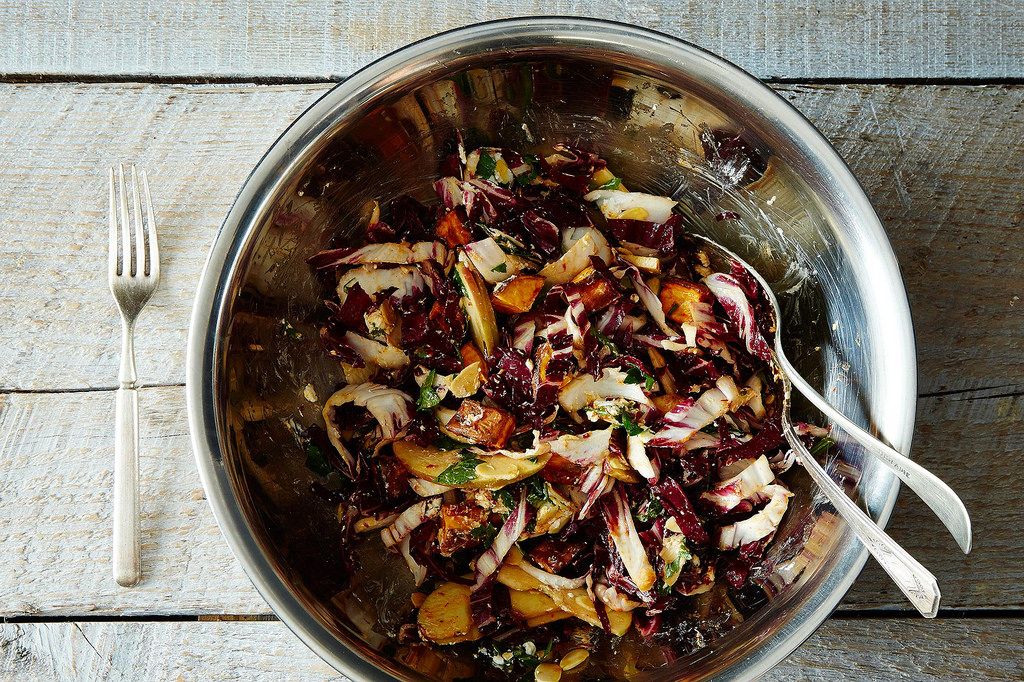
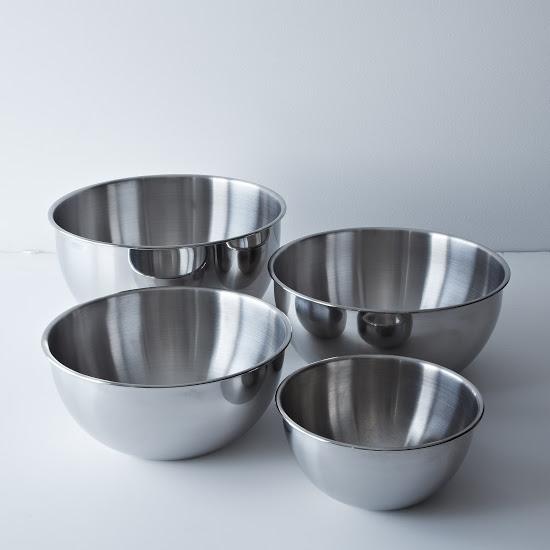
1. Stainless-steel mixing bowls, a 1-quart and a 3-quart size
These are available at every kitchen supply and in every price range, but you can get the cheapest one and be fine. You can even get used ones, or battered ones—no matter. We do all the mixing and tossing in them and, if you keep careful track of the sequence of events, then you can mix two or three dishes, one after the other, without washing the interior. It simply gets more complex with each dish. We try to end with a salad, which will take up the previous flavors. Once the meal is done, the bowls serve second duty as wash basins. You can drop them, stack them, pack them, and they still remain loyal.
More: Why we eat lunch from mixing bowls.
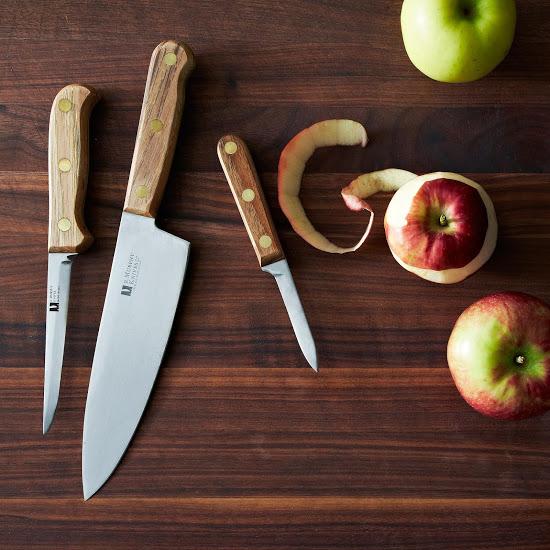
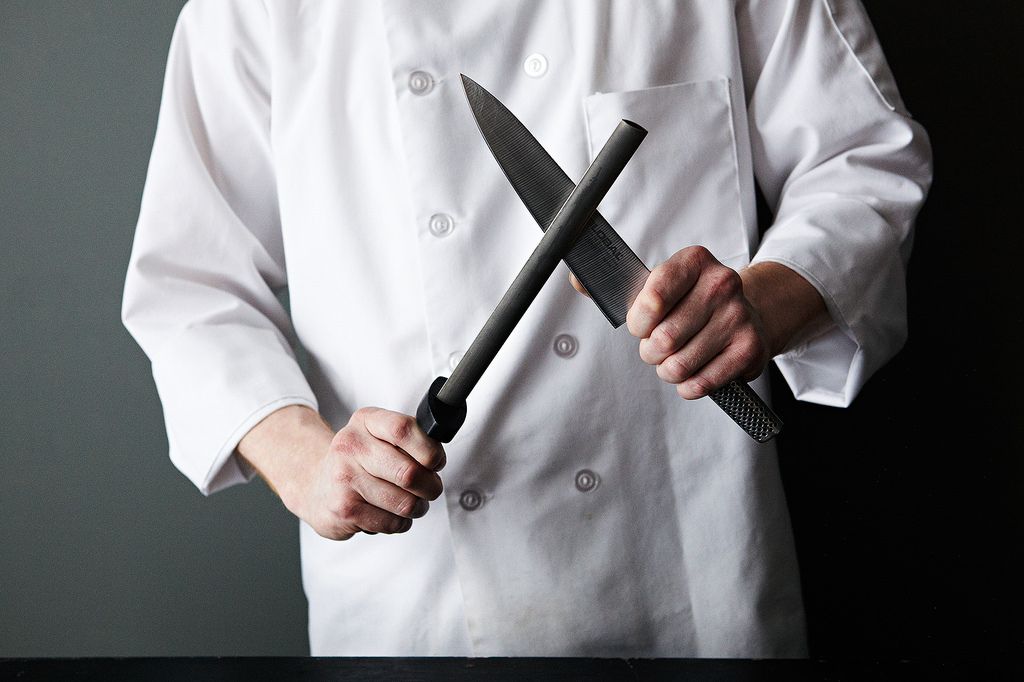
2. A knife
You can make do with only one, but it better be firm and sharp. You have bread to cut, parsley to chop, lemons and onions to slice, chives to dice, and garlic to mince. An 8- or 10-inch straight-edged knife will do all that, but you must never forget it is always a live threat—you must not leave it in a sink or on a table edge. A lunch is often informal and it can have several people trying to help. I can remember each occasion when a knife would fall off a counter and dive for the toes (my wife has the stitches), or cut someone who was helping with the dishes and did not see it beneath the soapsuds. You do not need to buy the most expensive one, but you can skip the one that was on TV.
More: Multiple ways to sharpen your knives.
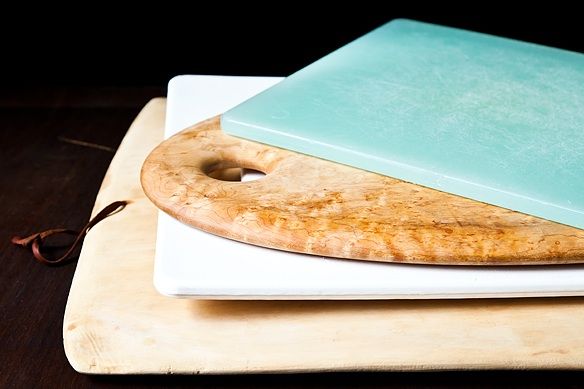
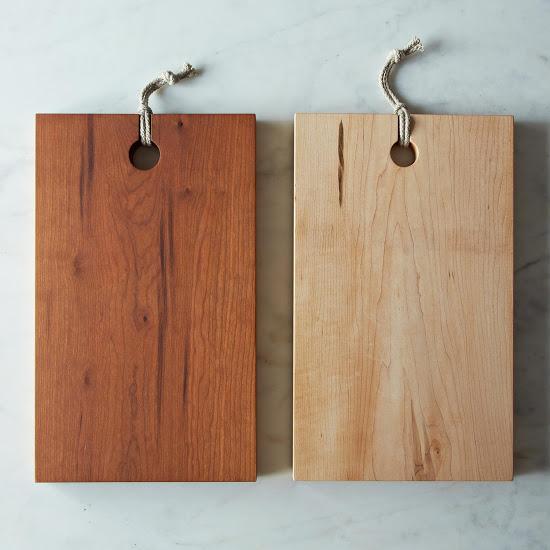
3. Cutting board
I like to have both a wooden one and polypropylene one, and do not mix them. Use the wooden one for bread and cakes and dried nuts and such, and try to avoid washing it too often. Simply dry-wipe it and, every once in a while, rub it with mineral oil or olive oil. Use the plastic one for everything wet, vegetal, or smelly, and rinse to keep it clean. The plastic can be slippery and that is not good—the knife will slip—so keep a thin dish towel or cotton napkin beneath it to stop the sliding. Plastic boards can warp badly if dishwashered—and if the cupping is too severe, throw the thing away. It will only slip.
More: Learn how to care for your wooden cutting board.
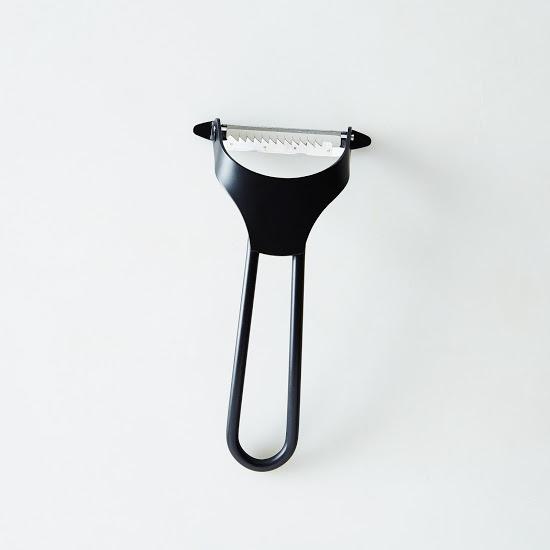
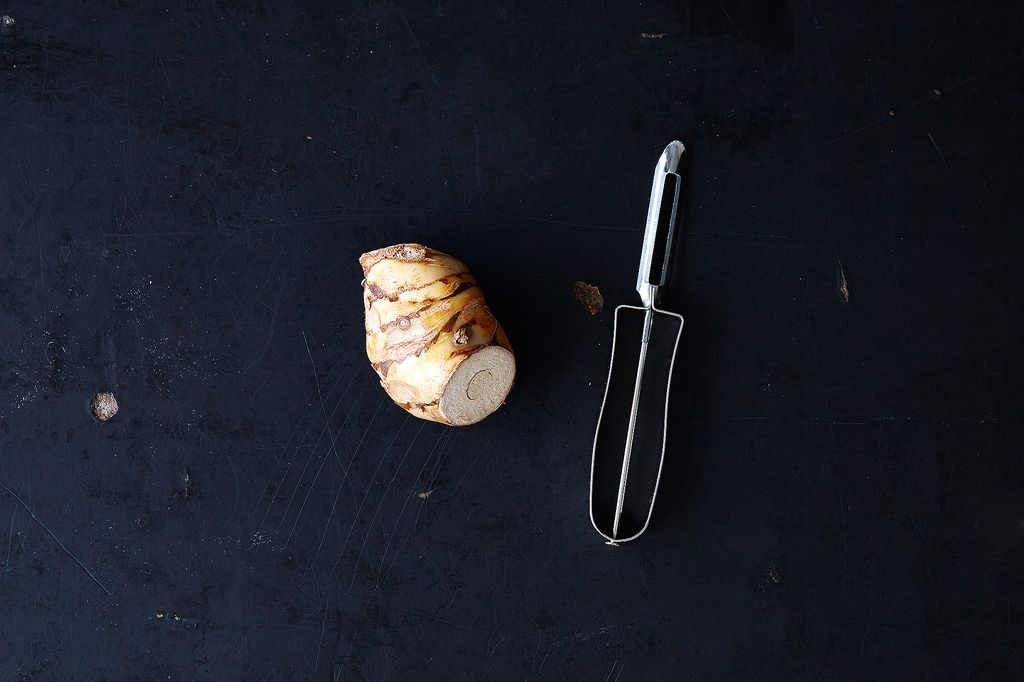
4. Peeler
Frankly, Europe is forty years ahead of the U.S. on this one: You can find a Swiss, Dutch, German, Scandinavian, Italian, French, Spanish, or Turkish model—typically a Y-shaped, swivel-headed version that will do all you need perfectly—and it will cost less than a bundle of paper dinner napkins.
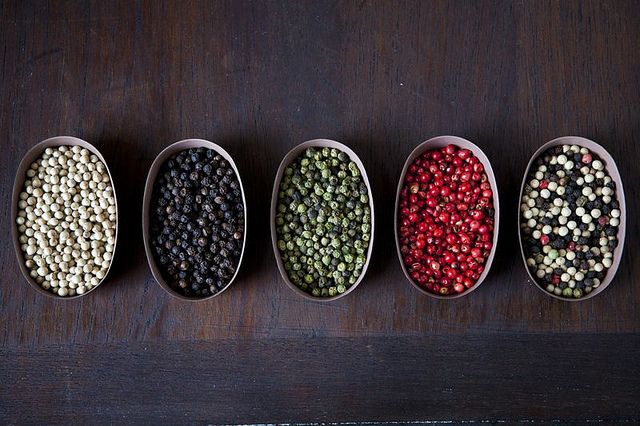

5. Pepper grinder
These can be expensive, especially the versions that have various grinds. I was given one in 1970 by Tracey Cameron of Pentagram, and I still have it and it is still expensive. Some people feel good about those disposable grinders off the grocery shelf—but to me, that is like coffee beans roasted four years ago in Kansas City. What is important are the peppercorns themselves. If you go to a true spice shop or section, you can buy peppercorns that everyone will notice when you grind—because it smells like PEPPER. It would be interesting to note how many people have pepper grinders that do not grind—they are either gummed up or out of peppercorns. If I am cooking at someone's house, I always bring a pepper grinder with me.
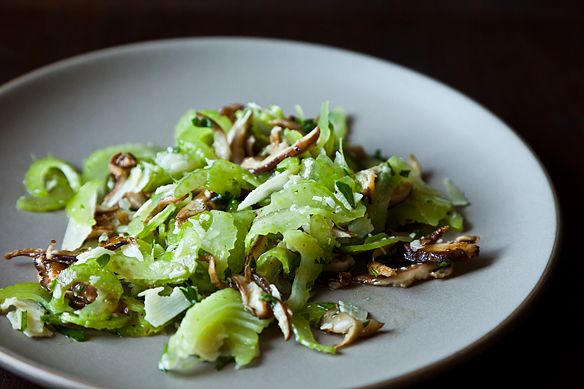
6. Salad spinner
No one wants to need a salad spinner—and no one wants to clean it, dry it, store it, or even have it around to have to look at. It is like a Cuisinart without the advantage of electricity, and they both take up more valuable room than you imagine they are worth. Nothing looks less inspiring than a salad spinner that has not been obsessively cleaned. But that said, if you intend to use fresh greens—if you intend to have any relation to seasons and markets and produce and tangled greens—then you must use a salad spinner to clean them and refresh them and dry them. You could do it all in your stainless steel bowl—you might need an even bigger mixing bowl—but that will require a pretty good size sink and a good collection of clean, dry dish towels. By instinct, I prefer the soak well, shake dry, roll in the towels method, but it means someone has to shepherd the towels, keeping them clean and dry and available.
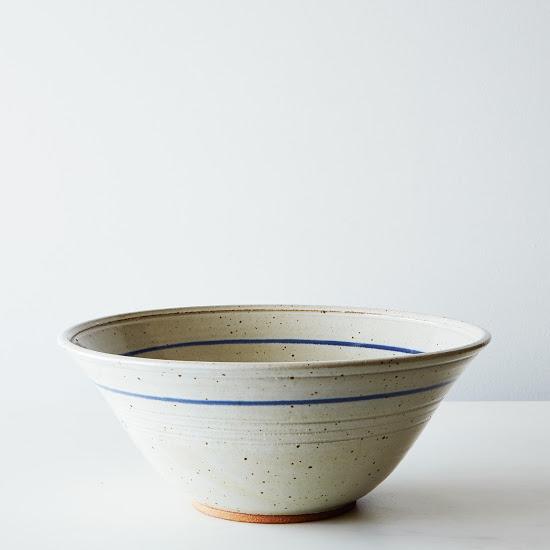
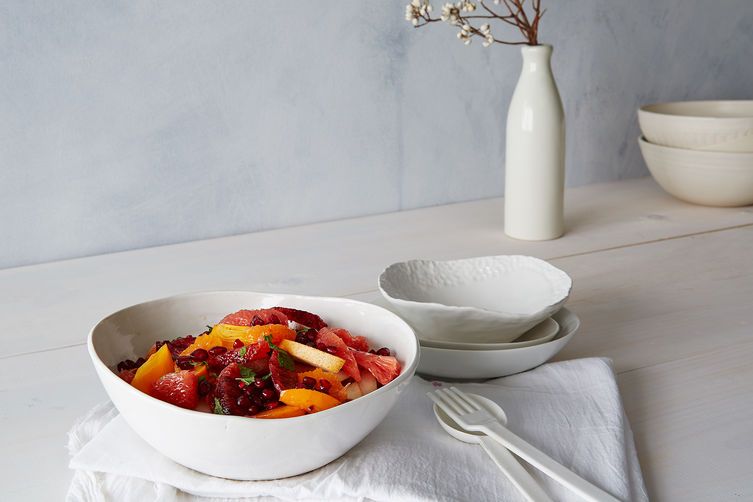
7. Pasta bowls
When I look back on a meal, I love knowing what bowls I served it in. They give your meal credit it sometimes cannot even spend. There are countless versions, and you may even need to test drive a few to get a hang of the differences. It is the pillow of a meal—you will know which one is best.
More: Why you should eat that meal from a bowl.
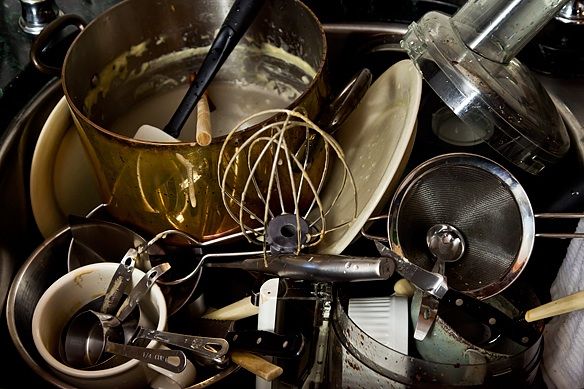
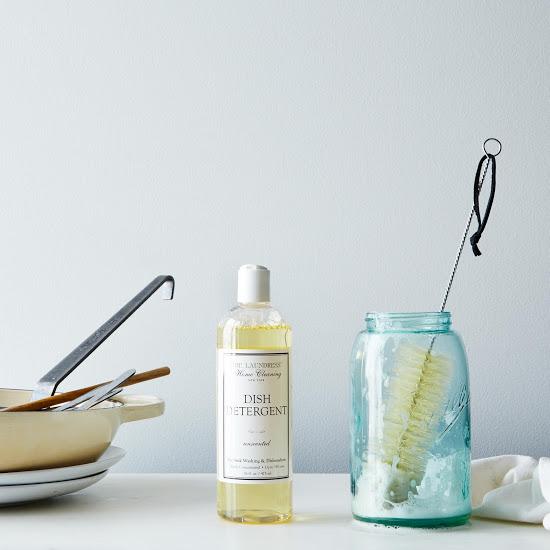
8. Sponge
Go for gold and buy a natural sponge and good dish soap. I know it may seem a vanity, but there is the tiniest advantage to not dreading the clean-up, and a good sponge and dish soap are a true advantage. I have even decanted dish soap, just to get rid of the label and the look and the insipid promises written all over it. Take the gains where you can get them. It is not unlike good, flaky salt—it simply puts you ahead. The natural sponge is, interestingly, a little tricky: If you do not rinse all of the soap out of it each time, soon it will sour. Get a new one, right away. A sour sponge can trail you for an hour.
More: We've got an opinion on how to hand-wash your dishes.

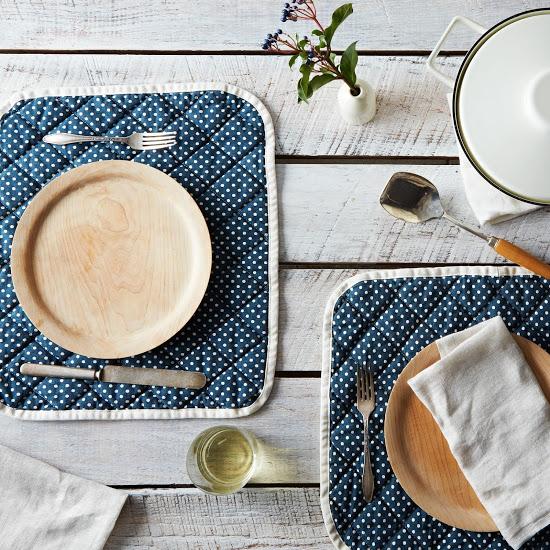
9. Place mats
Honestly, you can use any kind—any kind at all—and the place mat will still make its mark. For some reason, if you put a place mat down (it must be a clean one!), you mark that place. You give it a boundary and a look —a right and a left, a top and a bottom—and in these distracted days, that is a touch. The place mat can be the end pages from a botched annual report or last year's calendar—they will be glad for the repurpose work.
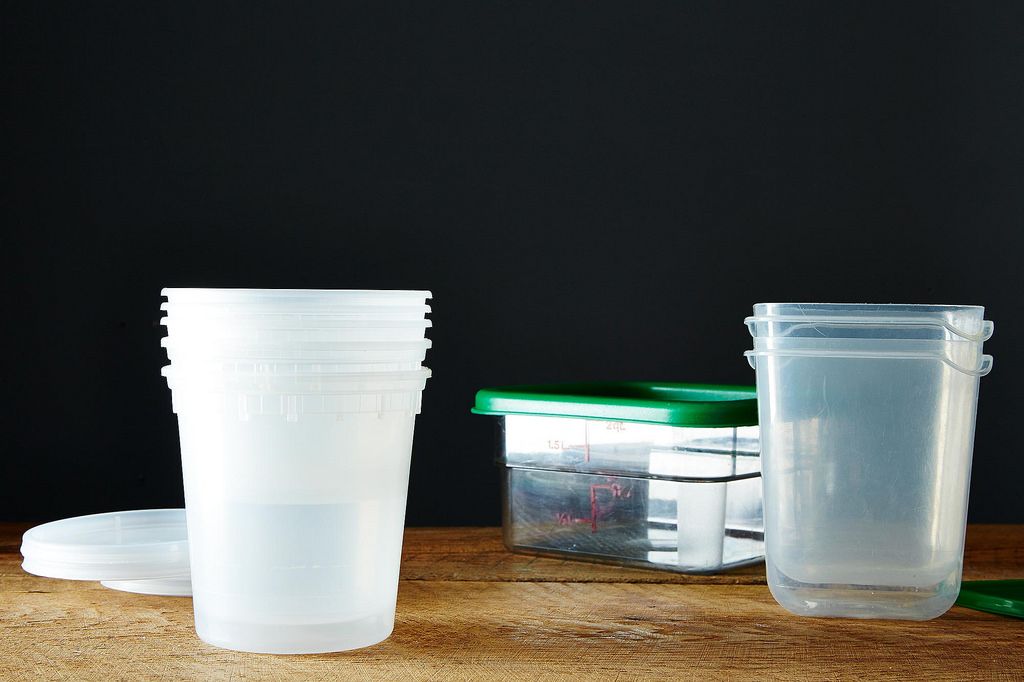
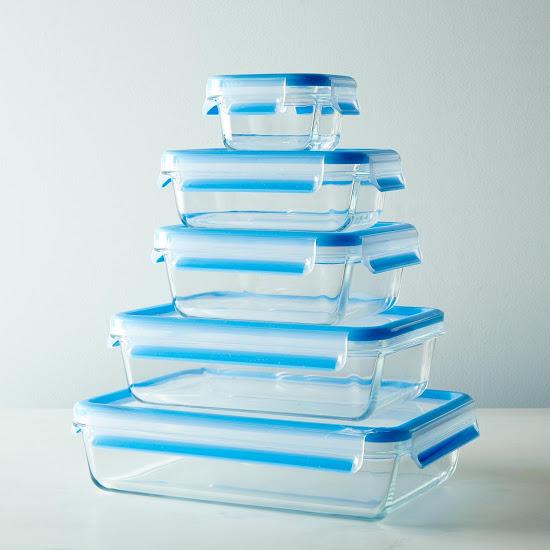
10. Storage containers
My friend, Rob Morrison, a vintner, has a wall of wine glasses. He loves them, and he loves to see them. But honestly, I would have a wall of storage containers, from all over the world, had I a wall available. They are a brilliance, storage containers, and each country seems to make incredible efforts to perfect some specific of their containers, be it lock or view or texture or shape or seal. I would love to see Apple take a break from watches and do storage containers. I know that I favor some yogurts and salts and marinades just for the capable reuse of their containers.
There are, of course, other essentials for work and lunch—spoons and pans and skimmers and graters, openers and closers—but this list is a start. For the meal itself, if you can keep lemons and limes, yogurt and olive oil, parsley and garlic, honey, and some Parmesan cheese close at hand, and fresh, then you will be well ahead of most.
What tools do you wish you had in your office kitchen? Share with us in the comments below!























See what other Food52 readers are saying.